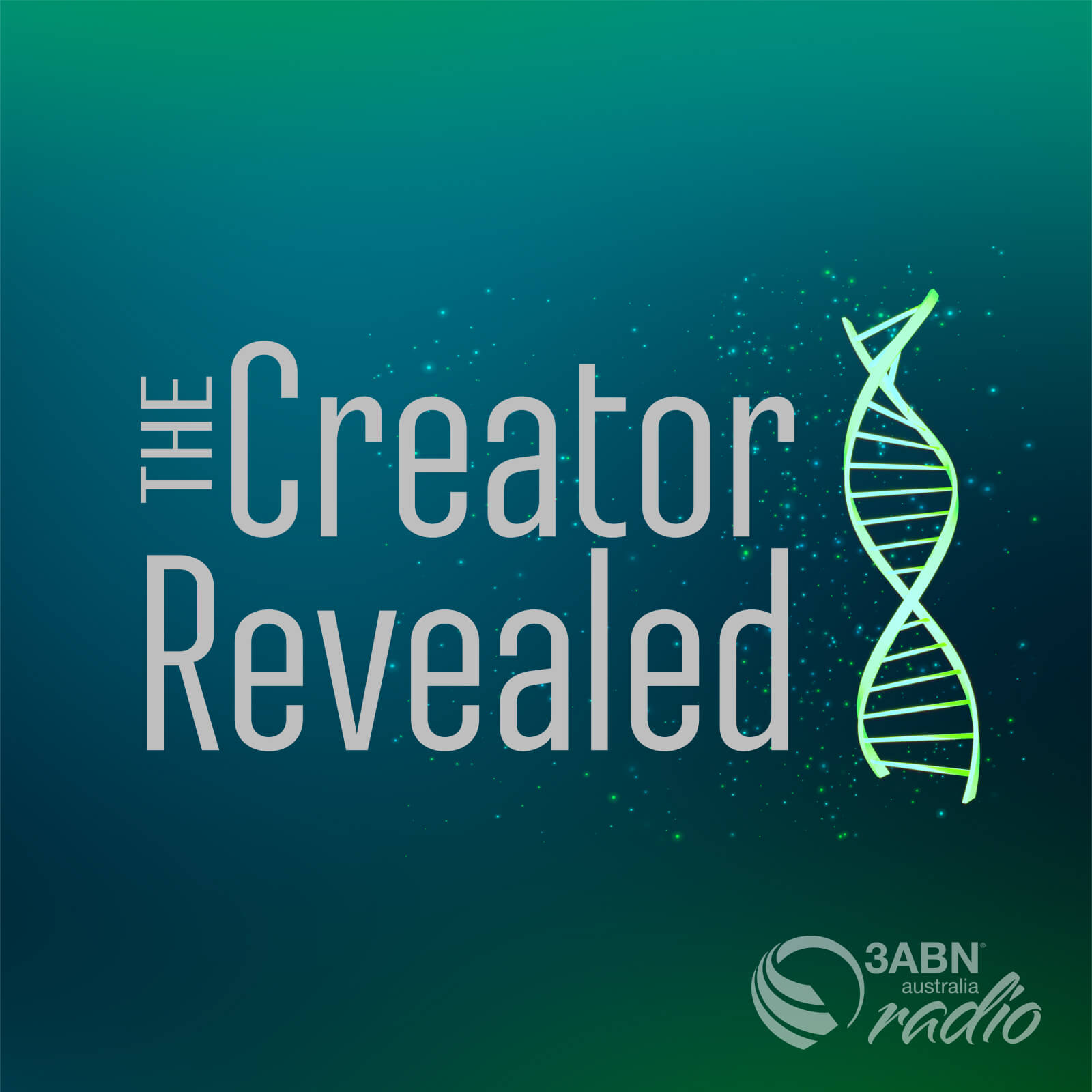Have you ever had the opportunity to examine a real fossil? Maybe you have seen dinosaur bones or shells encased in rock. Do these remains of once living organisms look less designed than the creatures we find living around us? How might the same engineering challenges faced by living creatures have been solved by these ancient creatures? What do the conclusions we draw tell us about the Creator of these ancient yet elegant organisms?

In the Darwinian view, life is locked into a struggle for survival in which every organism is in a competition to the death and...

Living things provide abundant evidence of their relatively recent creation. Claims that life, and death, are billions of years old exploit the fact that...

For a Bible-believing Christian, nature is filled with beauty. We know in the depths of our hearts that the tragedy of sin has terribly...